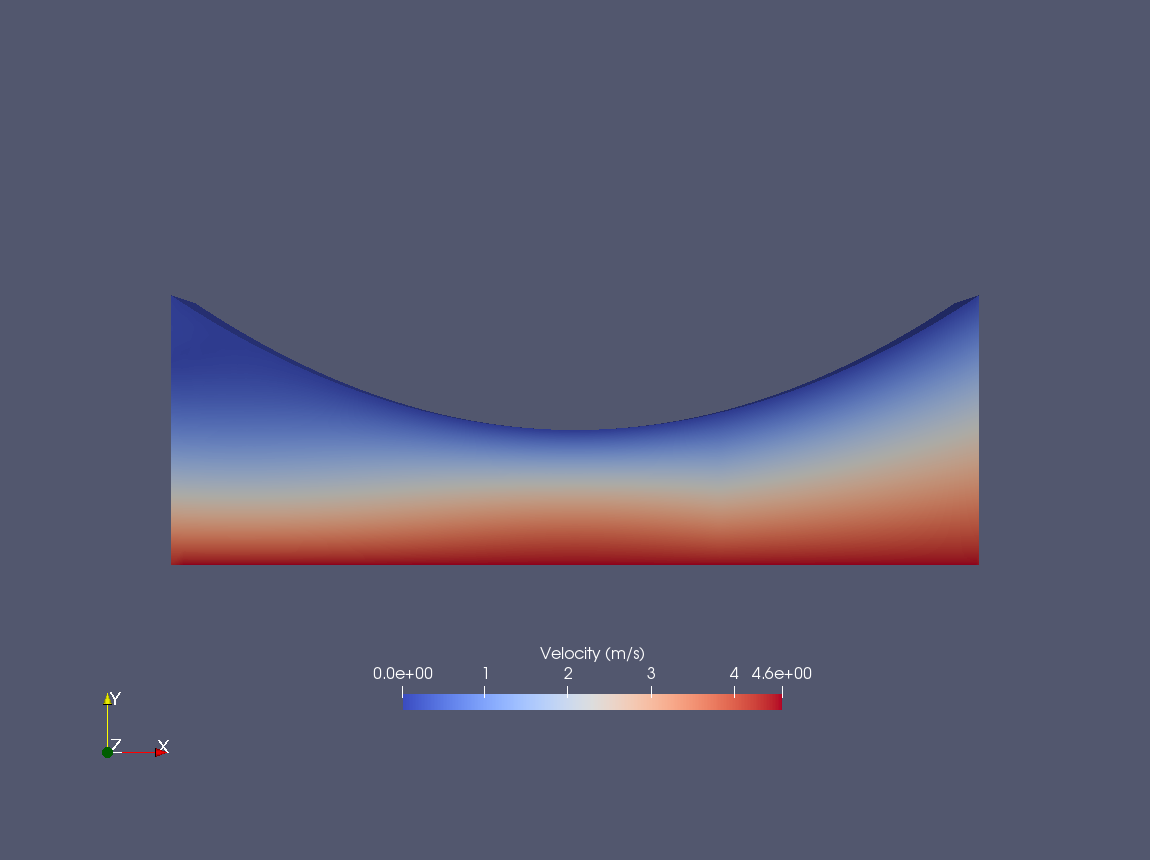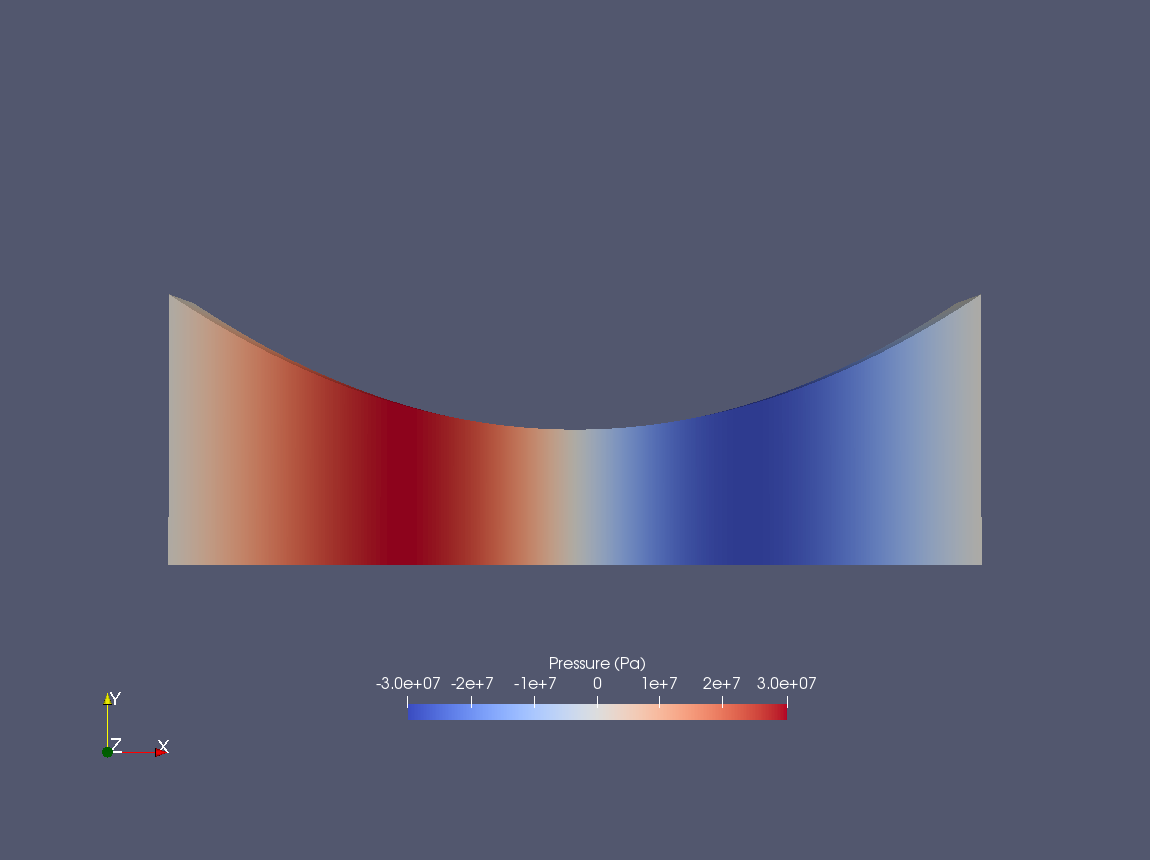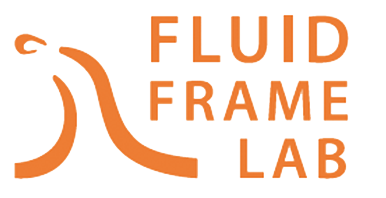PEOPLE
meet our group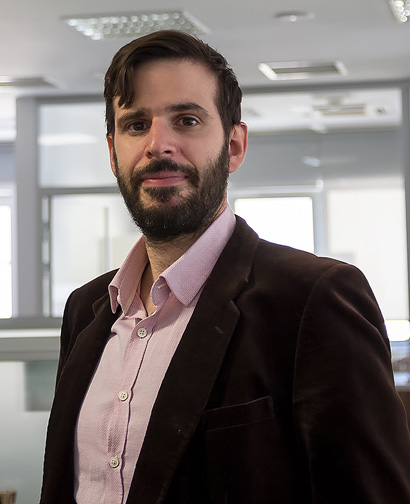
Luca Biancofiore

I received my Ph.D degree in Fluid Mechanics/Applied Mathematics at University of Nice-Sophia Antipolis (France) under the supervision of Dr. François Gallaire (EPFL, Switzerland) and Dr. Richard Pasquetti (University of Nice). During my thesis I spent three months as an invited researcher at EPFL. In light of my research contributions, I was selected as recipient of (i) the 2012 Göran Gustafsson Fellowship in Science (a competitive prize, awarded to three fellows after an international competition, in order to attract promising young scientists to Sweden), (ii) the 2012 Marie Curie Intra-European Fellowship (IEF), (iii) the 2015 Imperial College Research Fellowship.
As head of the FluidFrame Lab I’m currently PI of three ongoing projects at Bilkent University:
(ii) TUBITAK 1001, “A theoretical-computational framework to model fluid lubrication”
Furthermore, I have been invited to give seminars at several research institutions such as Rome – La Sapienza (Italy), Weizmann Institute (Rehovot, Israel), ETH – Zurich (Switzerland), LMSC (Paris-Diderot, France), etc. as further proof of the quality of my research.
About The Project
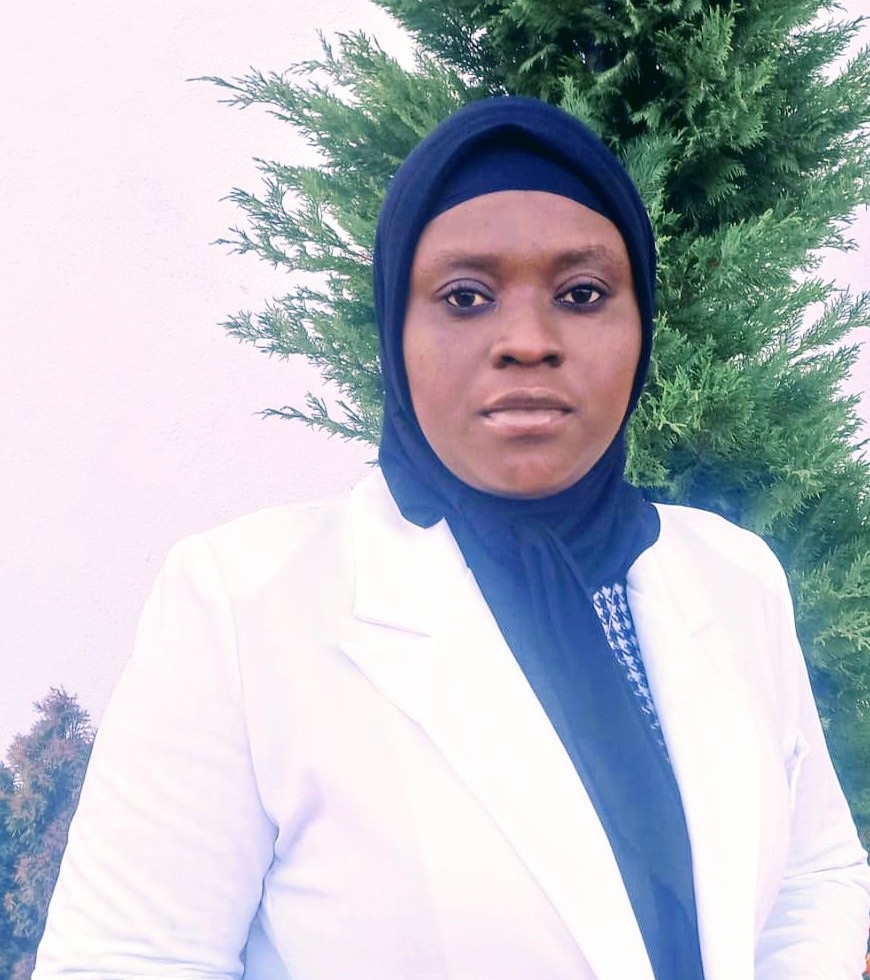
Aida Abdallah

Significant research advancements have been made in understanding the dynamics of sessile droplets (that is, the inner physical mechanisms of the droplet and the deposition of solute particles), especially with respect to the effects of hydrodynamic forces, the environment, various properties of the contact line, and the interaction between the droplet and the substrate at the solid-liquid interface. Such studies are meaningful in determining the patterns of solute particles deposited on a substrate, as applied in printing technology, and a phenomenon called the coffee-ring effect. Also, it is useful for biomedical applications such as gene analysis.My research seeks to investigate the role of the flocculation phenomenon, which emanates from the interactions between the particles in an evaporating sessile droplet. I use a well-known population balance mathematical model for coagulation to design the flocculation behavior, and then couple its outcome with the dynamic equations of the droplet via the deposition term.I joined the Fluid Frame group at the Mechanical Engineering Department of Bilkent University in October 2022. Prior to that, I acquired a Ph.D. in Mathematics and Models from the University of L’Aquila, Italy. During my Ph.D. studies, I modeled, implemented, and analyzed (numerically) the flocculation and the floccule-settling phenomena of suspended fine-grained particles in a settling column. In addition, I hold a joint master’s degree in Mathematical Engineering from the University of Hamburg, Germany, and the University of L’Aquila, Italy; and an undergraduate degree in Bio-mathematical Science from the University of Ghana.
About The Project
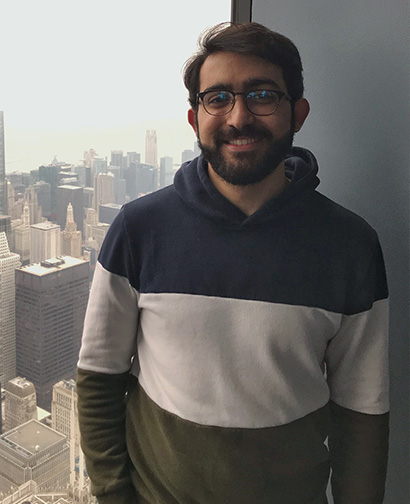
Hammam Mohamed

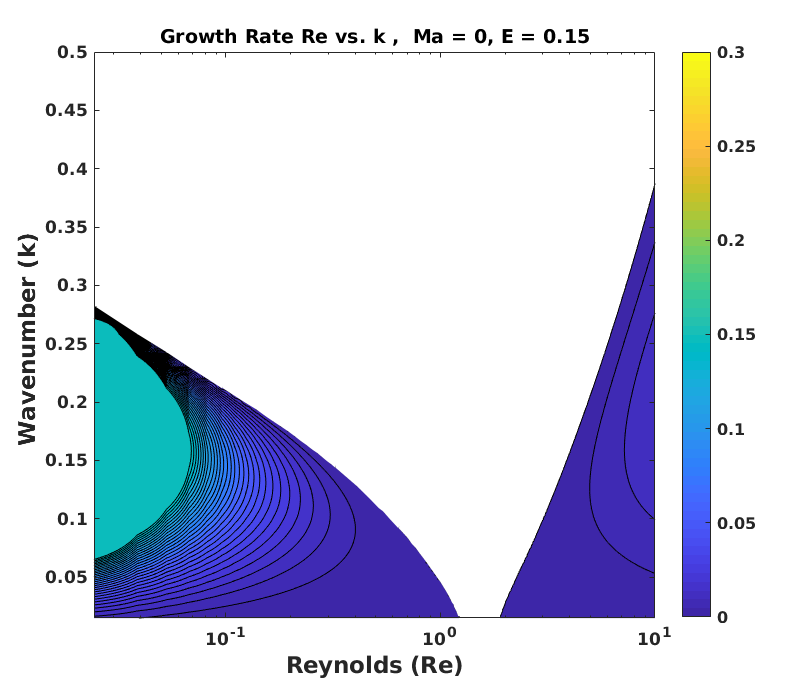
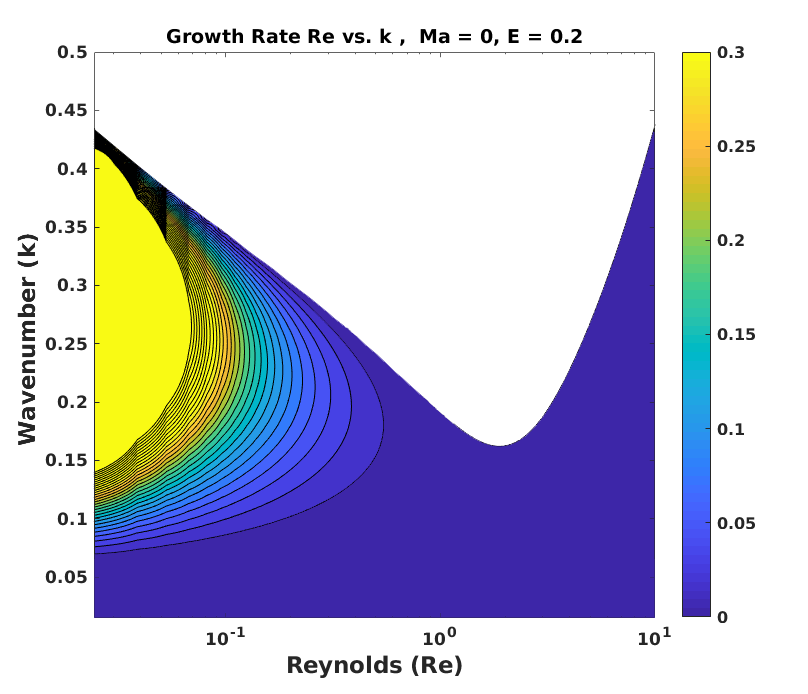
About The Project
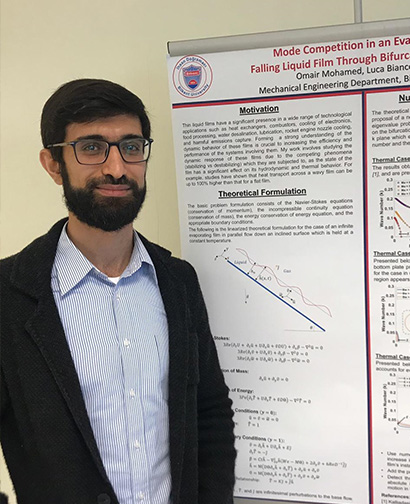
Omair Mohamed

I graduated from the International Islamic University Malaysia (IIUM) with a BSc in Aerospace Engineering, after which I worked for a few years in engineering companies in the Kingdom of Bahrain. I subsequently joined Bilkent University to continue my academic career.
Here at Bilkent I currently work on the stability analysis of thin falling liquid films. These films have a significant presence in a wide range of technological applications such as heat exchangers, combustors, cooling of electronics, food processing, water desalination, lubrication, rocket engine nozzle cooling, and harmful emissions capture. Forming a strong understanding of the dynamic behavior of these films is crucial to increasing the efficiency and performance of the systems involving them. My work involves studying the dynamic response of these films due to the competing phenomena (stabilizing vs destabilizing) which they are subjected to, as the state of the film has a significant effect on its hydrodynamic and thermal behavior. For example, studies have shown that heat transport across a wavy film can be up to 100% higher than that for a flat film.
I use well established analytical techniques and proven numerical bifurcation methods to analyze the governing equations to determine the dominant stabilizing/destabilizing modes and the critical parameters which define the onset of instabilities, in order to build an analytical/numerical framework which can be used as a guideline in the design of engineering devices involving thin liquid films.
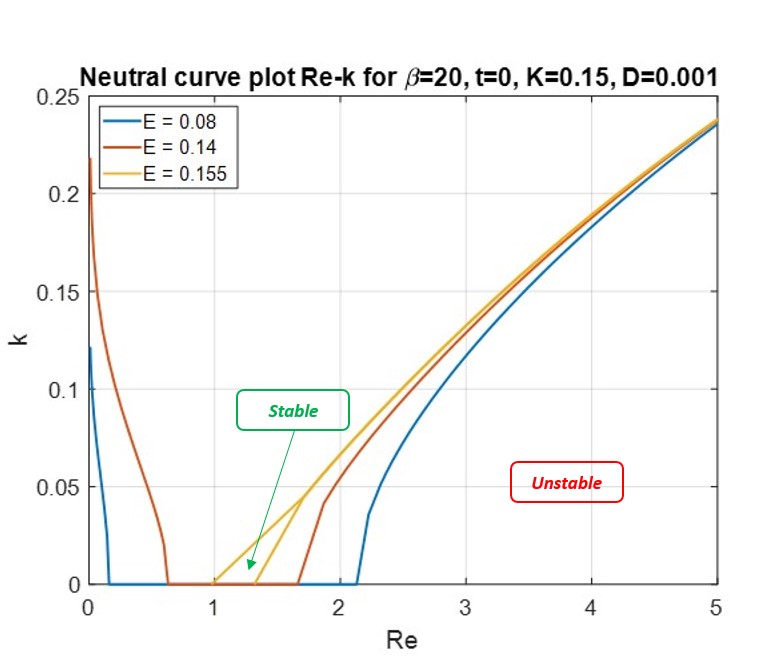
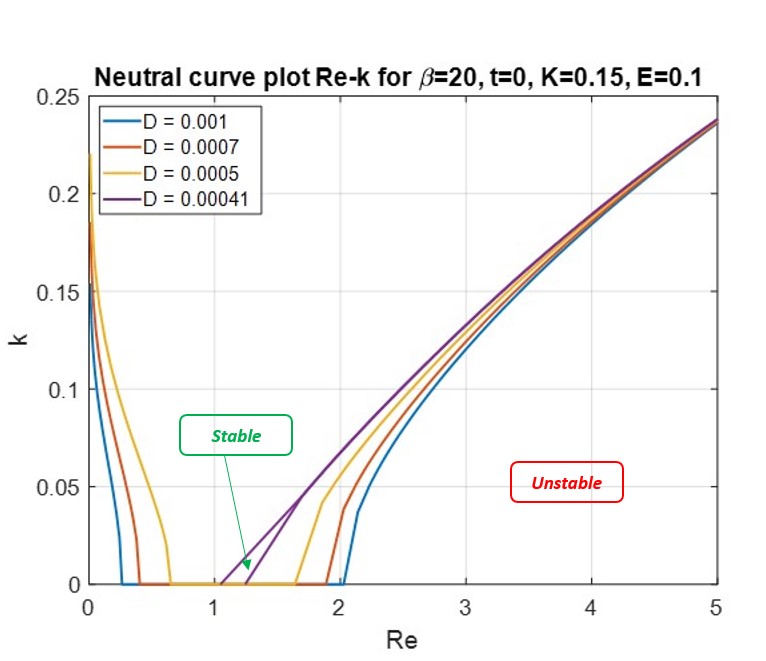
About The Project
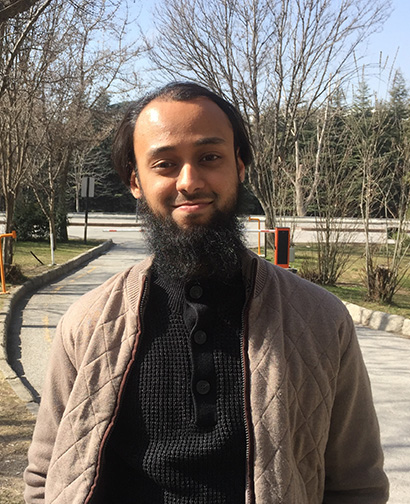
Humayun Ahmed

My work involves investigating the effect of non-Newtonian viscoelastic lubricants on hydrodynamic lubrication using computational and numerical techniques. I developed an in-house code in C++ using the OpenFOAM library to perform the Direct Numerical Simulation (DNS) of the lubricating flow and a reduced model of the flow was solved using code developed from scratch in Python. The specific aim of the study is to identify possible improvements in the load carrying capacity of the bearing/sliding surfaces thereby, reducing friction and enhancing the life of the machine element.
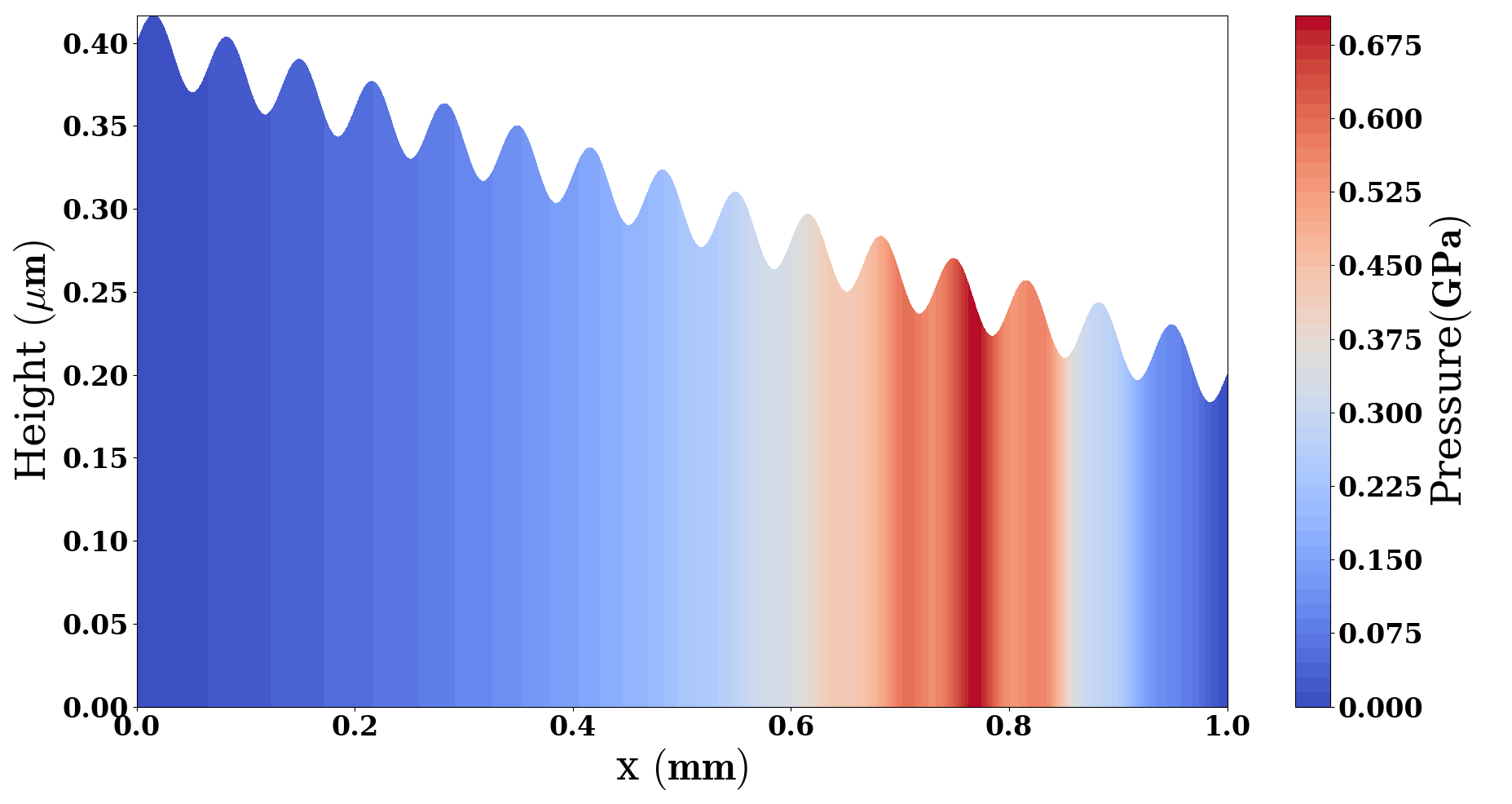
About The Project
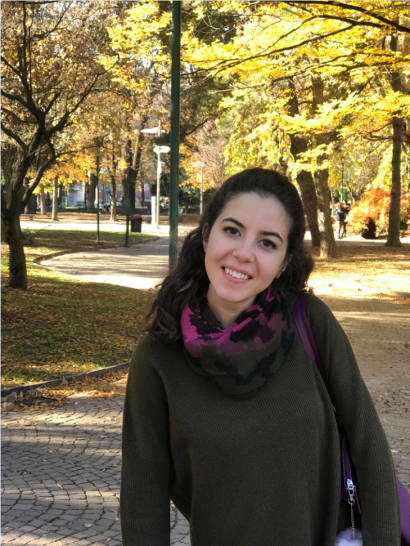
Gulce Bayram

I completed my BSc. in Chemical engineering at Hacettepe University(Turkey). Afterwards, I continued with MSc. degree also in Chemical Engineering at Politecnico Di Milano(Italy). I joined the Fluid Frame research group in Mechanical Engineering Department of Bilkent University as a part of my PhD. studies starting with the Spring semester of 2019-2020.
I am currently working on the project involving in the researches called “Active Matter: From Fundamental Science to Technological Applications” within the Horizon 2020 Programme of the European Commission. The main aim of my project is to simulate the active colloidal suspensions by introducing the mesoscopic Lagrangian model such as “Multi-particle collision(MPC)”. This topic is important not only from a fundamental point of view but also relevant for industrial applications to understand the disorder-order phase transitions. In the scope of the project, the studied phase transition is “Crystallization” which has a broad application range. The crystallizing fluid is a colloidal suspension in most of these applications. With the implementation of MPC, we aim to better understand the crystallization dynamics when the dispersed particles are active and particularly when the hydrodynamic effects cannot be neglected. Moreover, we expect that this implementation makes it possible to obtain detailed information on how the hydrodynamic effects influence crystal formation and growth.
About The Project
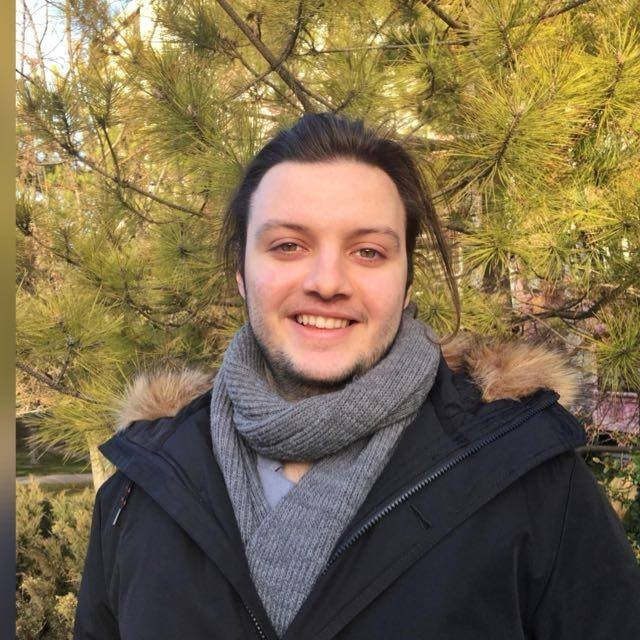
Sarp Ilgaz Koç

I received my BS in Mechanical Engineering from Bilkent University (Turkey) in 2021. My research focuses on topology optimization for hydrodynamically lubricated interfaces, with specific focus on applications involving non-Newtonian lubricants. The main aim of the current research is to develop a suitable numerical environment in Python/Matlab to predict optimal topology for periodic interfaces, utilizing homogenization as the mathematical technique for simplifying non-Newtonian Reynolds Equation and increasing computational efficiency. The developed environment is expected to account for numerous non-Newtonian effects and optimize the micro-structure for important variables such as load capacity, pressure, and energy dissipation. This will result in a specifically engineered machine element with longer lifespan. My work is part of a collaboration with Dr. Ilker Temizer from Bilkent University.
About The Project
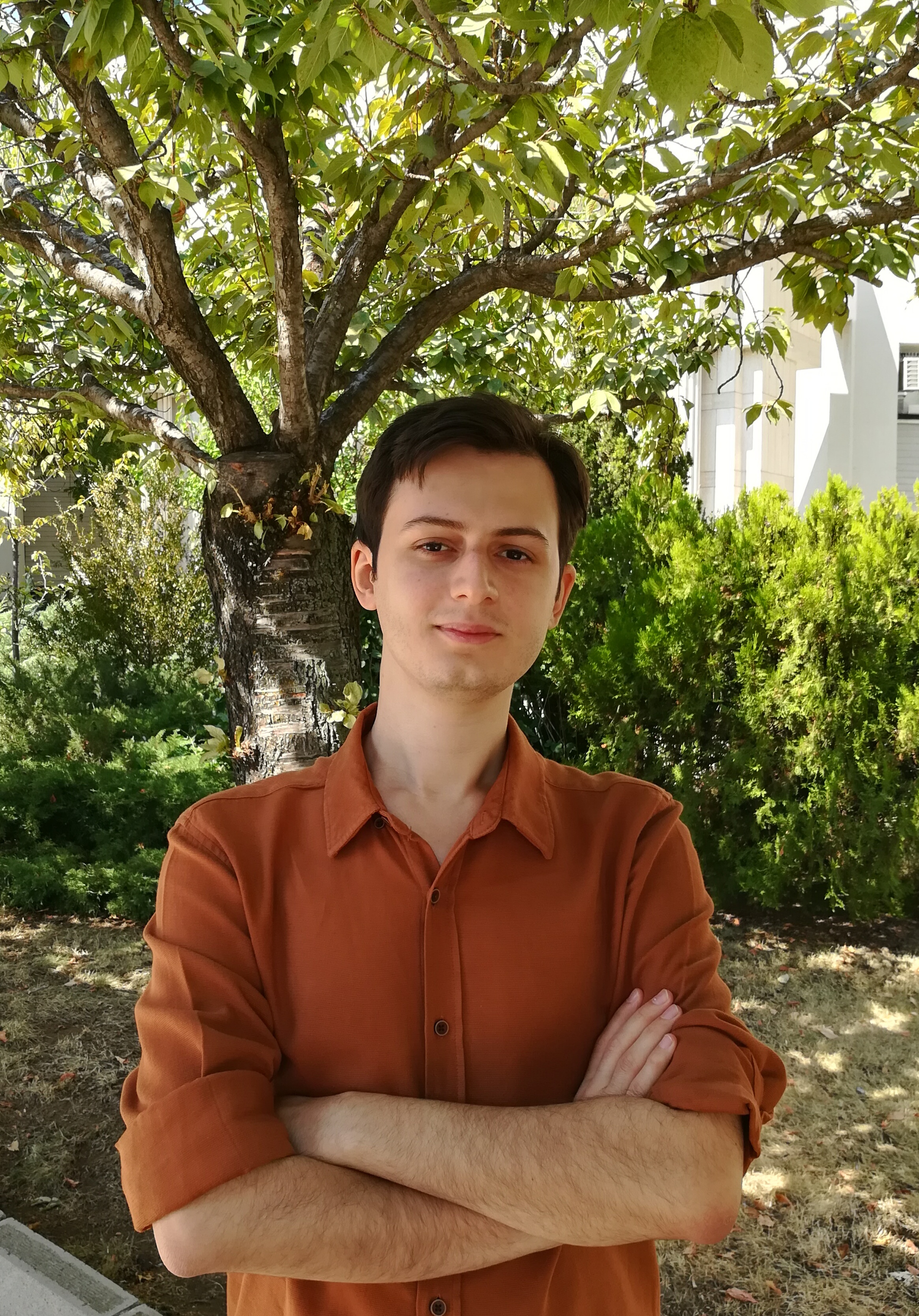
Ahmet Burak Yildirim

I received my BSc degrees in Mechanical Engineering and Physics at Bilkent University in 2021. My research focuses on the rheological modeling of non-Newtonian and complex fluids at the molecular level. I use supercomputers to perform molecular dynamics simulations to relate both individual and collective temporal behavior of the molecules in a confined space to the thermodynamic and transport properties. Further I investigate viscoelastic effects at the molecular level on the performance of complex lubricants including polymer additives.
About The Project
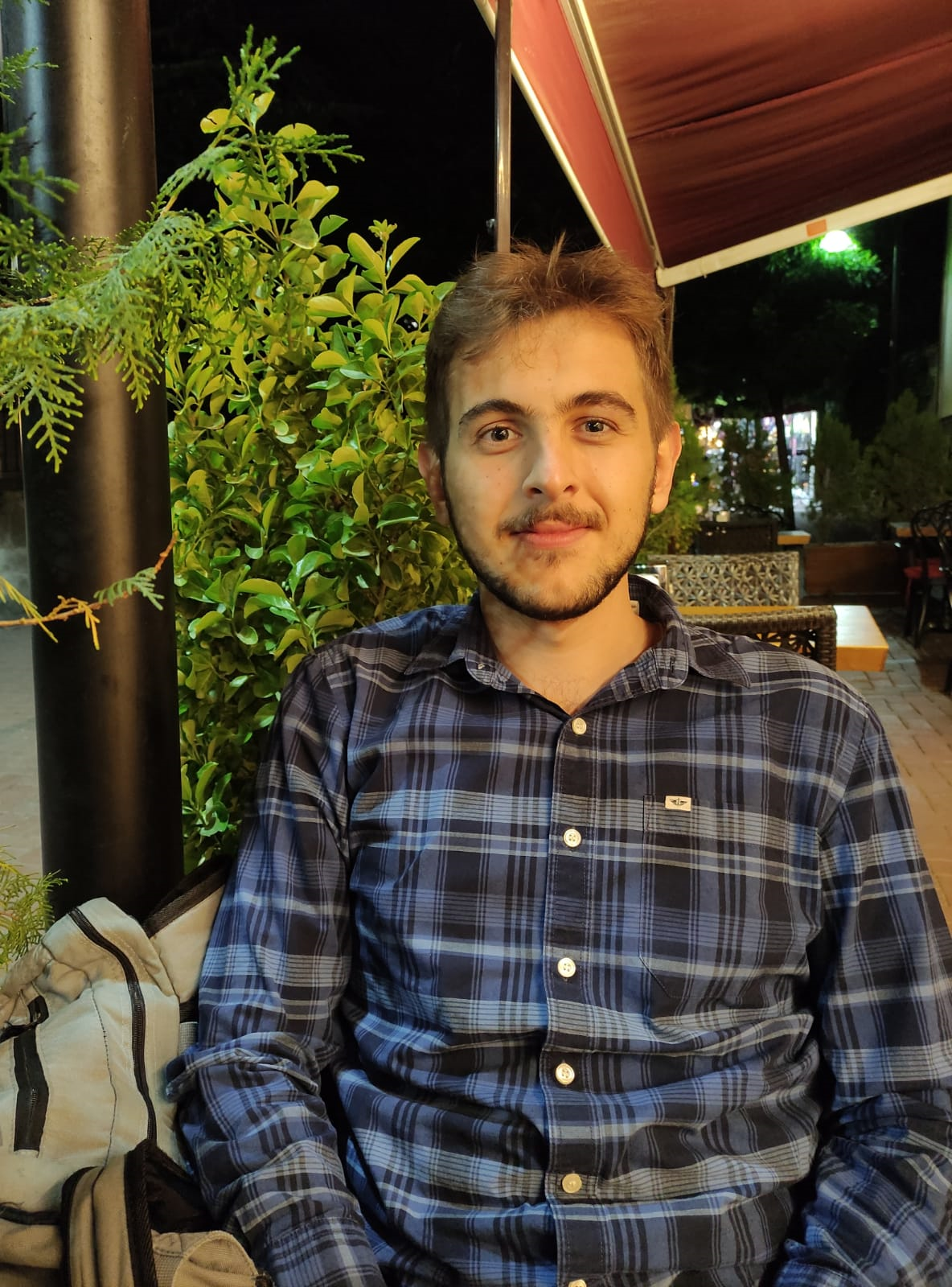
Mehmet Hakan Sari

I obtained my bachelor’s degree from Bilkent University Mechanical Engineering Department in 2021. Lubricants carry great significant in reducing friction and wear in machine elements. However, when high viscoelasticity is present, complex non-linear effects are observed which have not been fully unveiled. My work aims to understand soft matter behavior under viscoelastic lubricants. In this manner, new numerical approaches will be developed which can be applied to polymers, soft tissues, biomedical implants, and smart devices. My work is part of an ongoing collaboration between the FluidFrame Lab and the Polytechnic University of Bari.
About The Project
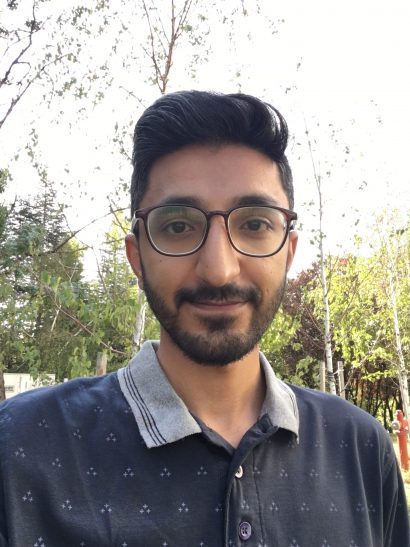
Umar Rauf

I am a graduate in Aerospace Engineering from the National University of Science and Technology (Pakistan). I joined the FluidFrame Lab at the Mechanical Engineering Department at Bilkent University in September 2020 under the TUBITAK funded project “Self-assembly of complex shaped active particles in controlled optical potentials”. Through this project we will gain (i) an understanding of the self-organization of complex shaped active particles, (ii) predictive power of self-assembly mechanisms, and (iii) control over the mechanism itself due to the reversibility of the process, allowing us to tackle key challenges of great technological and economic impact such as the design and fabrication of biomimetic materials, bioremediation, and chemical sensing. The main aim of my work is to mathematically and numerically model non-spherical active Janus particles driven by different types of optical potentials.
About The Project
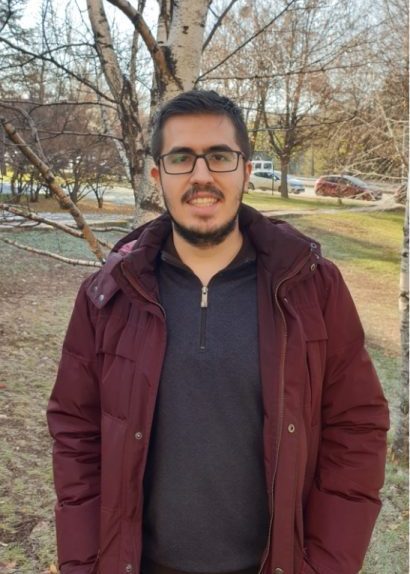
Ali Kerem Erdem

I joined the FluidFrame Lab in September 2019. My work is about developing low order modelling sessile drying droplets with particles. Sessile particle-laden drops deposited on a solid substrate are frequently encountered in natural processes and engineering applications. The evaporation of these drops leads to a broad variety of patterns. The fluid dynamics and thermodynamics of such evaporating sessile particle-laden drops is very complex, since the process is non-stationary and occurs in a medium with unequal temperature and vapor concentration, leading to convective circulation. The complex flow behavior resulting from the contact line dynamics, evaporation, the motion due to surface tension, as well as the fluid-particle interaction make the simulation of such flows a challenging subject. My aim is to investigate the impact of the evaporation rate, the drop-substrate contact angle and the particle concentration on the drop evaporation process.
About The Project
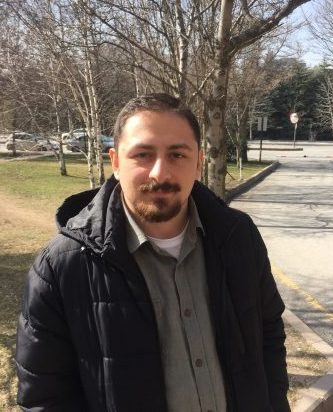
Mert Yusuf Çam

About The Project
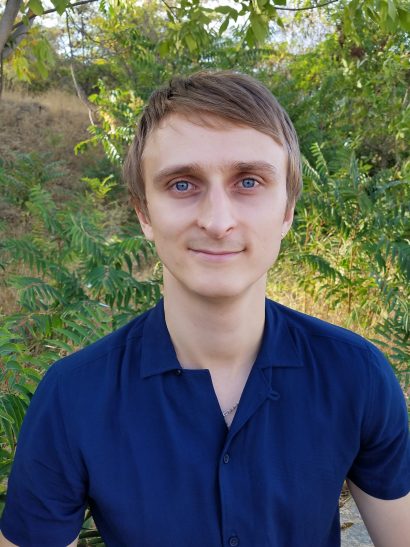
Denis Kasyanyuk

I received my PhD in the topic of “Optics and Laser Physics” at the Institute of Physics of the National Academy of Sciences of Ukraine in 2016. My research concerned the fundamental and applied studies of liquid crystals. The main efforts of my work were focused on the investigation of the optics of liquid crystals, their alignment, chirality transfer, colloids assembling and manipulation within liquid crystal matrix. I also participated in the European scientific project on optofluidics (COST Action MP 1205). In the frame of this project, I worked during 2014-2015 at the University of Calabria, Italy among the team of Prof. G. Cipparrone. My research was focused on the assembling and manipulation of nanoparticles. I invented an effective method to assemble fluorescent nanoparticles in liquid crystals by induced topological defects and was able to control their position by low-power light irradiation and AC/DC electric field application.
From 2017, I worked at Bilkent University as a postdoctoral research fellow in a Soft Matter team lead by Dr. Agnese Callegari. My research concerned optical assembling and manipulation of colloids. The main purpose of this study was structuring and separation of microparticles in a predefined manner. It allowed me to control the behavior and trajectory of a single particle as well as colony of particles, resulting in a formation of desirable crystalline structures including a possibility of localization of spatial defects within it.
In September 2020 I joined the FluidFrame Lab directed by Prof. Luca Biancofiore as postdoctoral researcher in order to work on finding a way to manipulate and assemble the active non-spherical Janus particles.
About The Project
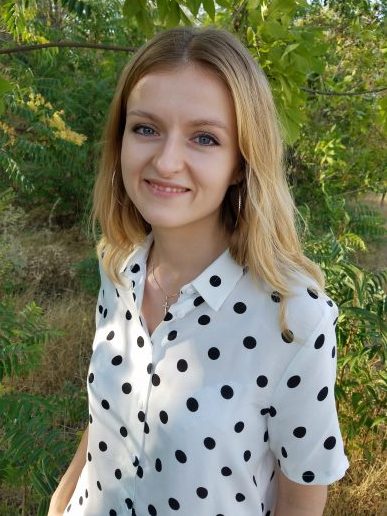
Iryna Kasianiuk

I obtained my BSc. and MSc. degrees in Solid State Physics/Solid State Optics at Taras Shevchenko National University of Kyiv, Ukraine in 2009 and 2011 respectively. During a joint Ph.D study at Pierre and Marie Curie University (UPMC, Sorbonne University Group), Paris, France and University of Calabria (UNICAL), Rende, Italy my research was focused on developing of a technique for the precise control of topological defects self-assembly in liquid crystal films and guided assembly of nanoobjects via particle-defects interactions. I was a recipient of two scholarships: Eiffel excellence scholarship program, session 2013/2014, launched by The French Ministry of Foreign and European Affairs and a 3 year PhD Scholarship at Scuola di dottorato “B. Telesio”. I received my Ph.D degree in Physics and Chemistry of Materials (UPMC) and Mesophases and Molecular Materials (UNICAL) under the supervision of Dr. Bruno Zappone (UNICAL, CNR-IPCF) and Prof. Emmanuelle Lacaze (UPMC, CNRS UMR 7588, INSP) in December 2015.
Since 2017 I am a postdoctoral researcher at Bilkent University. At the Soft Matter Laboratory headed by Dr. Agnese Callegari and Prof. Giovanni Volpe my research was devoted to establishing a method of controlling the micro scale formation of structural defects in colloidal crystals by considering a 2D confined colloidal mixture in the presence of random optical potentials;controlled assembly of colloidal molecules assisted by critical Casimir forces.
In September 2020 I joined of the FluidFrame Lab where I am working on the project “Self-assembly of complex shaped active particles in controlled optical potentials”. My main goal is to experimentally investigate how different kinds of optical potentials induce different types of self-organisation in Janus particles.
About The Project
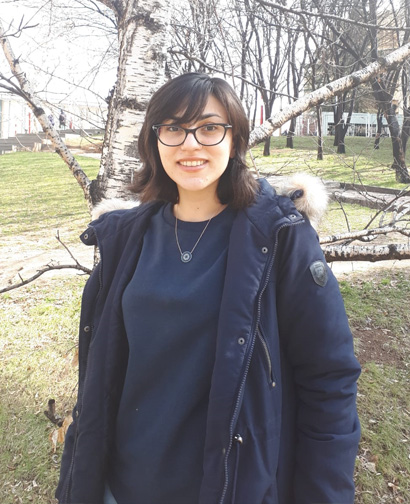
Solmaz Khoshavaz

Solmaz Khoshavaz is a former Masters student at the FuildFrame Lab who after graduating went on to do her PhD with KU Leven’s LMSD group to work on the numerical and experimental analysis of buffeting phenomena, and its influence on far-field noise radiation. She had received her BS in Aerospace Engineering from Amirkabir University of Technology (Iran) in 2017. While working at Fluid Frame Lab, her research focused on modelling turbulence close to a liquid-gas interface. For instance, a scenario typical of falling liquid films. Gravity driven films sheared by turbulent gases are widely encountered in distillators, absorbers, evaporators and heat exchangers, in which maximizing the heat/mass exchange is desired. Her aim was to study the effect of the turbulent gas on the interface, since heat/mass transfer is strongly affected by the interface shape. In order to accomplish this objective, she worked on developing a numerical tool in which (i) a Spectral Vanishing Viscosity (SVV) operator is used to model smaller scales of turbulent structures and (ii) a front tracking method is used to accurately predict the interface evolution.
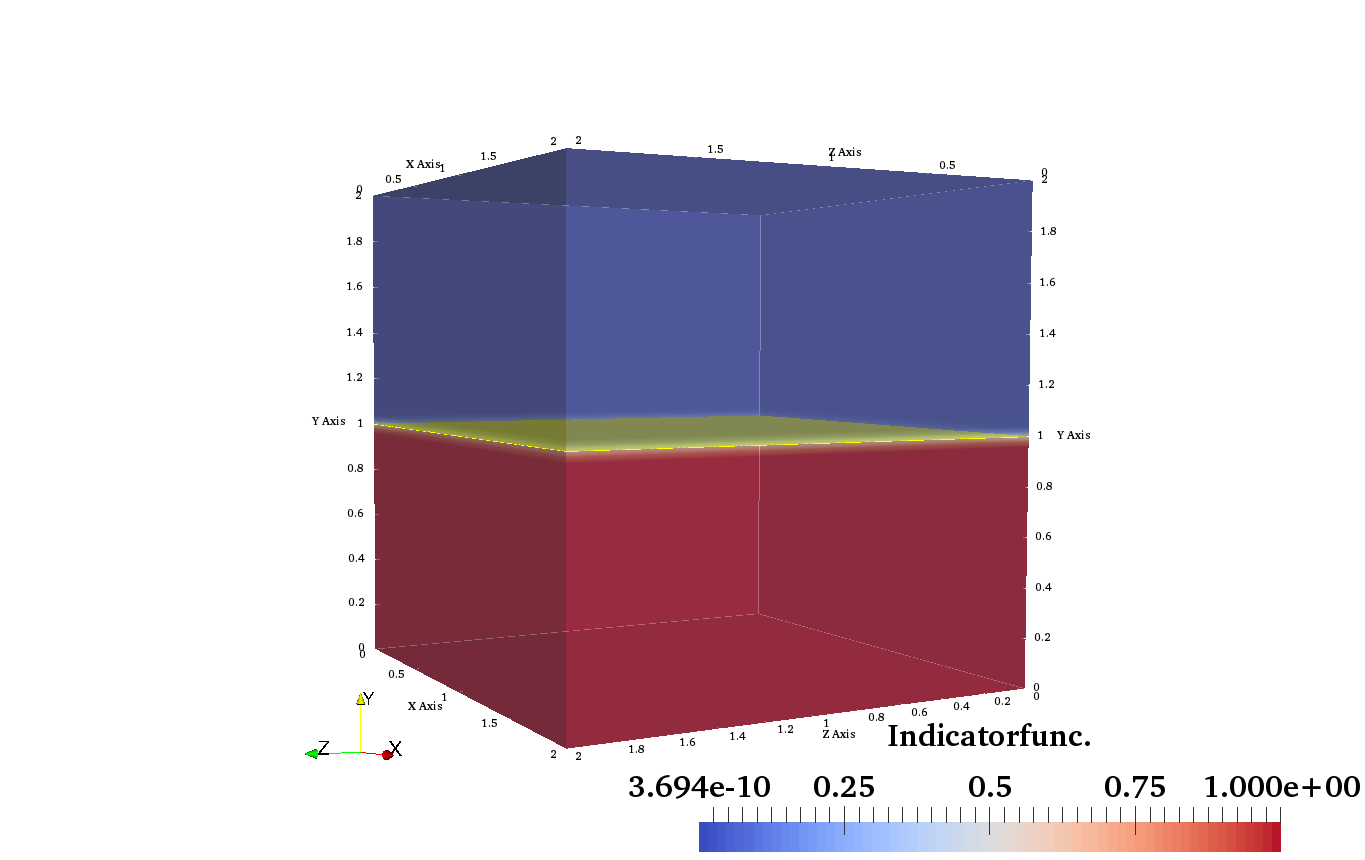
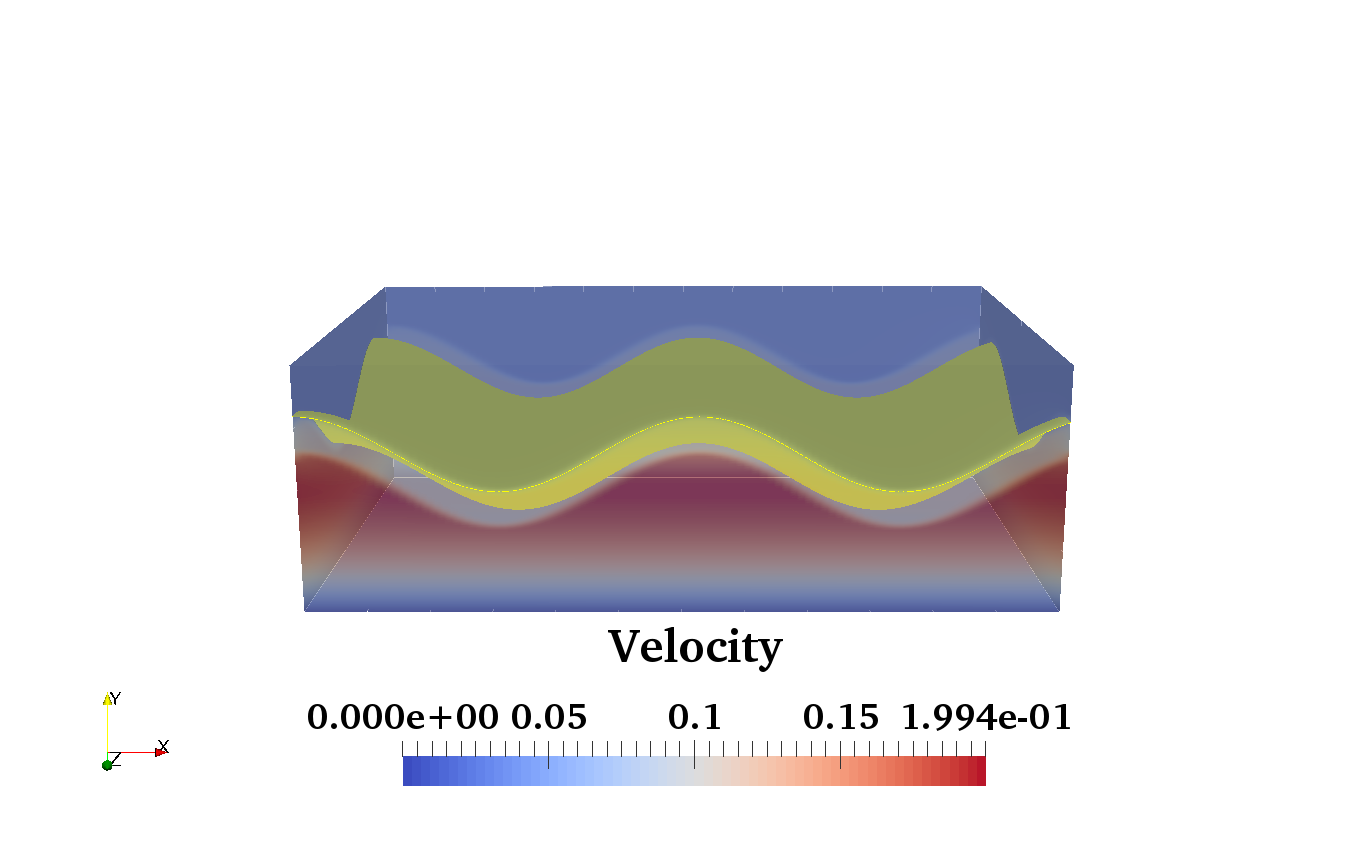
About The Project

Shari Gamaniel

Shari Gamaniel is a former member of FluidFrame Lab who after graduating went on to do his PhD at the Laboratory for Surface Technology and Tribology, University of Twente. He currently works under the supervision of Prof. Dr. Ir. Emile van der Heide on sensing friction on the tongue during the intake of food. Shari had completed a BSc. in Mechanical Engineering at Bilkent University (2017) and joined the Fluid Frame research group in the spring Semester of 2018. His research focused on cavitation within the scope of elastohydrodynamic lubrication. Cavitation describes the formation of gas bubbles in a liquid resulting from a sudden decrease in the local pressure below the saturation pressure. This research aimed to develop a
numerical formulation that predicts the formation and growth of cavitation bubbles in thin lubricant films using the OpenFoam DNS tool. This numerical model was used in observing the effects of lubricant
properties and channel geometries to the region of cavitation. The formation of gas bubbles within these lubricant films at high pressures causes a significant damage to surfaces during bubble collapse and is
responsible for machine part wear in most bearings and submerged moving parts. The study of cavitation could help predict the region of the formation of the bubbles and develop configurations that reduce the unwanted effects of cavitation.
